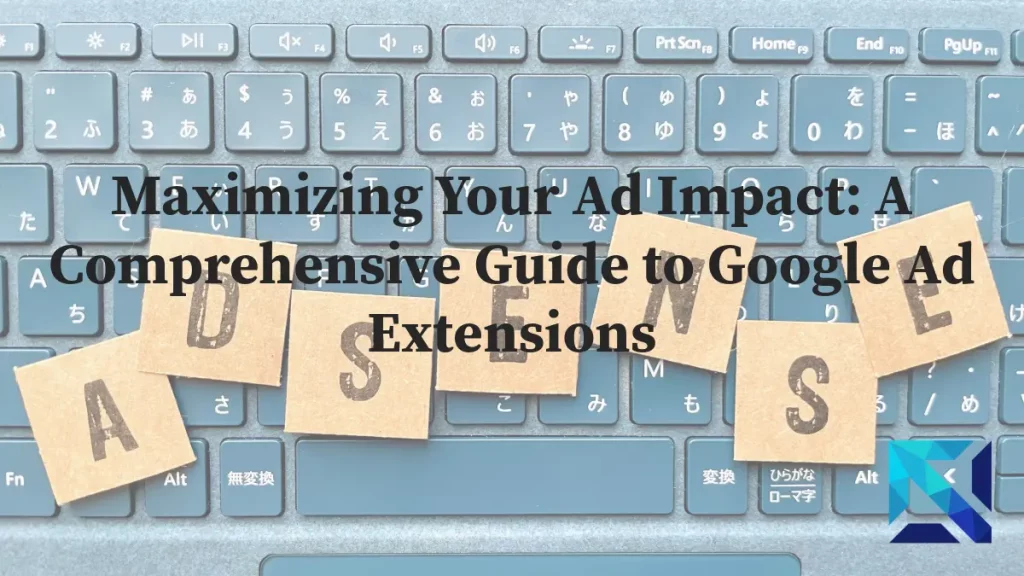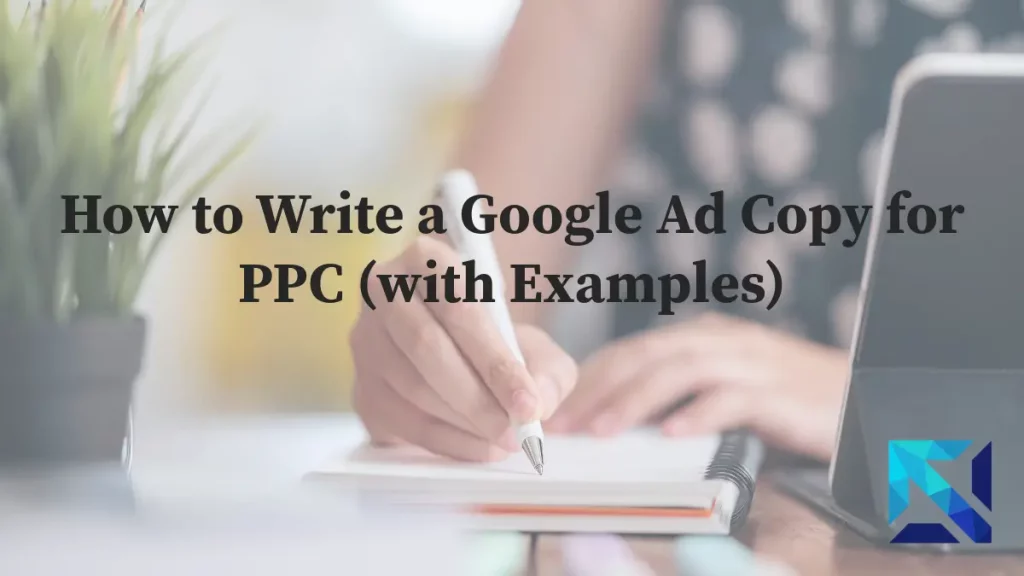Google Ads Strategies: Advanced Tips and Tricks for Success
In today’s digital marketing landscape, Google Ads remains a powerhouse for businesses looking to reach their target audience effectively. Whether you’re a seasoned advertiser or just starting out, mastering Google Ads strategies can significantly boost your campaign performance and return on investment. This article delves into advanced Google Ads tips and tricks, providing you with the knowledge to elevate your advertising game.
Understanding the Foundations of Google Ads
Before diving into advanced strategies, it’s crucial to have a solid grasp of the basics. Google Ads, formerly known as Google AdWords, is an online advertising platform where businesses can display brief advertisements, product listings, and video content to web users. These ads can appear in Google’s search engine results pages (SERPs), on other websites through the Display Network, and in mobile apps.
The platform operates on a pay-per-click (PPC) model, meaning advertisers pay each time a user clicks on their ad. The key to success lies in creating relevant, targeted ads that reach the right audience at the right time, all while managing your budget effectively.

Advanced Google Ads Strategies for Campaign Optimization
Now that we’ve covered the basics, let’s explore some advanced Google Ads strategies that can take your campaigns to the next level.
1. Leverage Audience Targeting for Precision
One of the most powerful Google Ads tips is to utilize advanced audience targeting options. Google offers various ways to refine your audience:
– Remarketing Lists: Target users who have previously interacted with your website or app.
– Similar Audiences: Reach new users with interests similar to your existing customers.
– In-market Audiences: Connect with consumers who are actively researching or planning to purchase products or services in your industry.
– Custom Intent Audiences: Create audiences based on keywords, URLs, and apps related to your products or services.
By combining these targeting methods, you can create highly specific audience segments, ensuring your ads reach the most relevant users.
2. Implement Smart Bidding Strategies
Google’s machine learning-powered Smart Bidding strategies can optimize your bids in real-time for each auction. Some advanced options include:
– Target ROAS (Return on Ad Spend): Set a desired return on ad spend, and Google will adjust bids to maximize conversion value.
– Target CPA (Cost Per Acquisition): Specify a target cost per acquisition, and Google will optimize bids to get as many conversions as possible at that cost.
– Maximize Conversions: This strategy automatically sets bids to help get the most conversions for your campaign while spending your budget.
Experiment with these strategies to find the one that best aligns with your campaign goals and budget.
3. Utilize Ad Extensions for Enhanced Visibility
Ad extensions are an often overlooked yet crucial aspect of Google Ads strategies. They provide additional information and increase the visibility of your ads. Some advanced extensions to consider:
– Structured Snippet Extensions: Highlight specific aspects of your products or services.
– Price Extensions: Showcase your products or services with their prices.
– Lead Form Extensions: Allow users to submit their contact information directly through your ad.
– Image Extensions: Add relevant images to your text ads to make them more visually appealing.
Implementing a mix of ad extensions can significantly improve your ad’s click-through rate (CTR) and overall performance.
4. Master Quality Score Optimization
Quality Score is a crucial metric in Google Ads that affects both your ad rank and costs. To improve your Quality Score:
– Ensure high ad relevance by aligning your ad copy closely with your keywords and landing pages.
– Improve your expected CTR by crafting compelling ad copy and using strong call-to-actions (CTAs).
– Optimize landing page experience by ensuring fast load times, mobile-friendliness, and relevant, high-quality content.
A high-Quality Score can lead to better ad positions at lower costs, making it a vital component of successful Google Ads strategies.
5. Implement Advanced Keyword Strategies
Keywords are the foundation of any Google Ads campaign. Here are some advanced keyword strategies to consider:
– Single Keyword Ad Groups (SKAGs): Create ad groups with just one keyword to maximize relevance and Quality Score.
– Long-tail Keywords: Target more specific, longer phrases that may have less competition and higher intent.
– Negative Keywords: Regularly update your negative keyword list to prevent your ads from showing for irrelevant searches.
– Keyword Match Types: Use a mix of broad match modified, phrase match, and exact match keywords to balance reach and precision.
Remember, successful keyword strategy isn’t just about finding the right keywords, but also about continuous refinement and optimization.

6. Harness the Power of Responsive Search Ads
Responsive Search Ads (RSAs) are an advanced ad format that allows you to create multiple headlines and descriptions. Google’s machine learning then automatically tests different combinations to determine which performs best. To maximize the effectiveness of RSAs:
– Create a variety of headlines and descriptions that can work well in different combinations.
– Include your main keywords in at least two of your headlines.
– Ensure each headline and description can stand alone and make sense in any order.
– Use ad customizers to make your ads more relevant to the user’s search query or location.
RSAs can help improve your ad performance by adapting to different search terms and user intents.
7. Implement Advanced Tracking and Attribution
To truly optimize your Google Ads strategies, you need comprehensive tracking and attribution. Consider these advanced techniques:
– Cross-device Conversion Tracking: Understand how users interact with your ads across multiple devices.
– Data-driven Attribution: Use Google’s machine learning to determine how much credit to assign to each click in the user’s journey.
– Offline Conversion Tracking: Connect offline sales or leads back to the online ads that influenced them.
– Phone Call Tracking: Measure the effectiveness of your ads in driving phone calls to your business.
By implementing these tracking methods, you’ll gain deeper insights into your customer’s journey and be able to optimize your campaigns more effectively.
8. Leverage Automated Rules for Efficient Management
Automated rules in Google Ads allow you to make changes to your campaigns automatically based on conditions you specify. Some advanced uses of automated rules include:
– Adjusting bids based on performance metrics like conversion rate or cost per conversion.
– Pausing low-performing ads or keywords that fall below certain thresholds.
– Increasing budgets for campaigns that are performing well during peak times.
– Scheduling ads to run only during specific hours or days of the week.
By setting up smart automated rules, you can save time on routine tasks and ensure your campaigns are always optimized.
9. Utilize Advanced Ad Formats
Google Ads offers several advanced ad formats that can help your ads stand out:
– Video Ads: Engage users with compelling video content on YouTube and across the Display Network.
– Shopping Ads: Showcase your products with images, prices, and merchant information directly in search results.
– Dynamic Search Ads: Automatically generate headlines based on your website content to target relevant searches.
– Discovery Ads: Reach users across Google’s feeds, including YouTube, Gmail, and Discover.
Experimenting with these ad formats can help you find new ways to connect with your audience and drive conversions.
10. Implement Advanced Remarketing Techniques
Remarketing is a powerful tool in your Google Ads arsenal. Here are some advanced remarketing strategies:
– Dynamic Remarketing: Show ads featuring products or services that users have previously viewed on your site.
– Customer Match: Upload your customer email lists to target existing customers or find similar audiences.
– RLSA (Remarketing Lists for Search Ads): Adjust your search ad bids for users who have previously visited your site.
– Video Remarketing: Target users who have interacted with your YouTube videos or channel.
By segmenting your remarketing audiences and tailoring your messaging accordingly, you can significantly improve your conversion rates.
Conclusion: Continual Learning and Optimization

Mastering Google Ads strategies is an ongoing process that requires continuous learning and optimization. The platform is constantly evolving, introducing new features and updating existing ones. To stay ahead of the curve:
– Regularly check the Google Ads blog and help center for updates and new features.
– Experiment with different strategies and ad formats to find what works best for your business.
– Analyze your campaign data regularly and make data-driven decisions.
– Consider getting Google Ads certifications to deepen your knowledge.
Remember, there’s no one-size-fits-all approach to Google Ads. What works for one business may not work for another. The key is to continually test, learn, and refine your strategies based on your specific goals and audience.
By implementing these advanced Google Ads tips and tricks, you’ll be well on your way to creating more effective, efficient, and profitable advertising campaigns. Stay curious, keep experimenting, and watch your Google Ads performance soar.
If you plan to have an advanced PPC strategy, especially for your business, you can get help from our experts!
What are the most effective Google Ads strategies for 2024?
The most effective Google Ads strategies for 2024 include leveraging AI-powered Smart Bidding, implementing advanced audience targeting, utilizing responsive search ads, optimizing for mobile-first indexing, and focusing on video advertising across YouTube and Display networks.
How can I improve my Google Ads Quality Score?
Improve your Google Ads Quality Score by ensuring high ad relevance, creating compelling ad copy, optimizing landing pages for fast load times and relevance, using ad extensions effectively, and maintaining a strong click-through rate (CTR).
What are the best practices for keyword research in Google Ads?
Best practices for keyword research in Google Ads include using Google's Keyword Planner, focusing on long-tail keywords, analyzing competitor keywords, utilizing negative keywords, and regularly reviewing search terms reports to uncover new opportunities.
How do I set up effective remarketing campaigns in Google Ads?
Set up effective remarketing campaigns in Google Ads by segmenting your audience based on website behavior, creating tailored ad content for each segment, using dynamic remarketing for product-specific ads, implementing frequency capping, and testing different ad formats like responsive display ads.
What are the most important Google Ads metrics to track for campaign success?
The most important Google Ads metrics to track for campaign success are Click-Through Rate (CTR), Conversion Rate, Cost Per Conversion, Quality Score, Return on Ad Spend (ROAS), and Impression Share. Regularly monitor these metrics to optimize your campaigns effectively.




